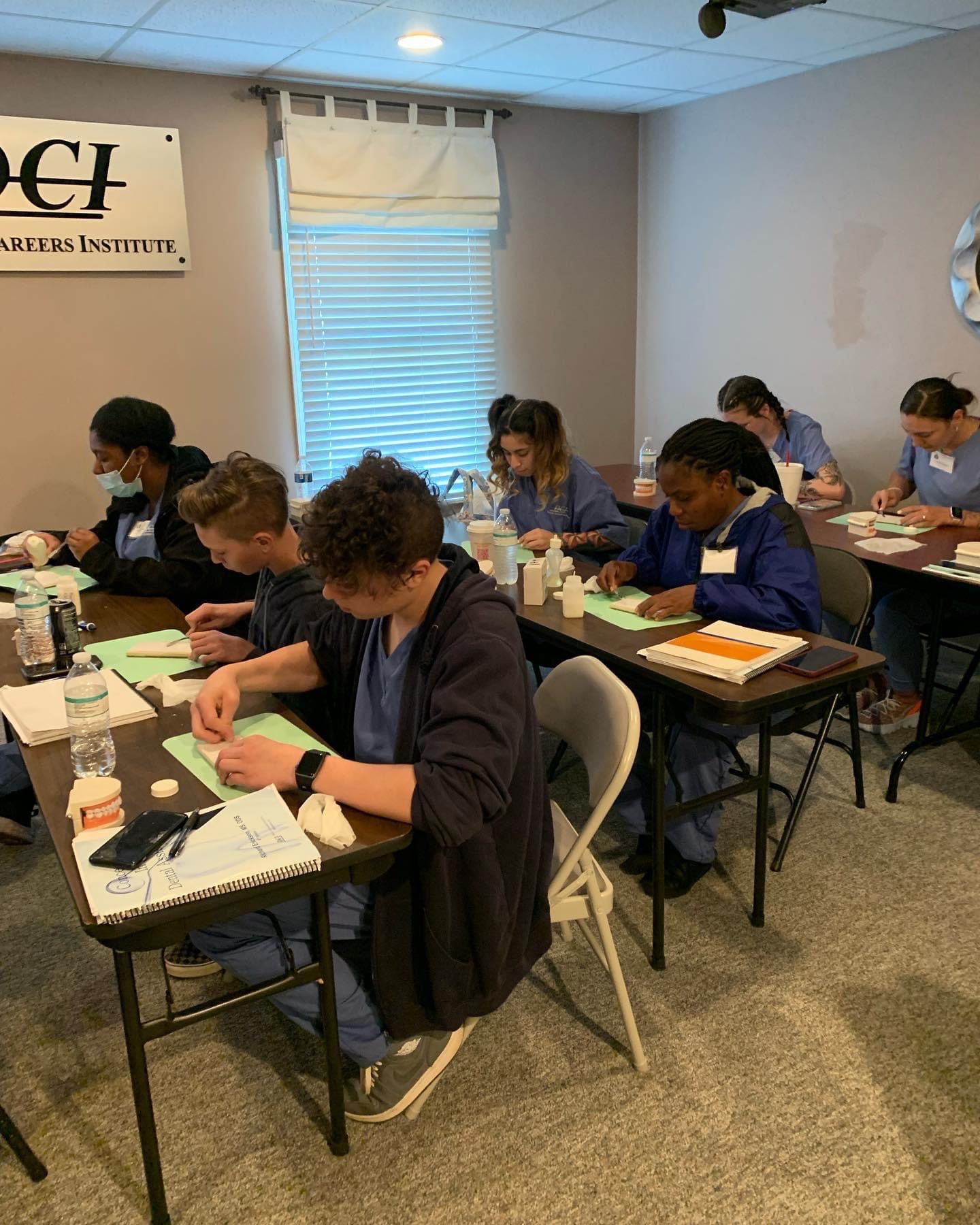
The Impact of AI and Automation on Dental Assistant Roles: What You Need to Know
Author: Dr. Casey Hart
Artificial intelligence (AI) and automation are rapidly transforming industries across the globe, and dentistry is no exception. While much of the focus has been on how these technologies affect dentists and specialists, the role of the dental assistant is evolving just as quickly. For those considering a career in dental assisting—or current professionals looking to stay ahead—understanding the impact of AI and automation is critical.
How AI and Automation Are Entering Dental Practices
From front-office operations to clinical procedures, AI-driven tools and automated systems are increasingly integrated into dental practices. Common applications include:
-
Automated appointment scheduling
-
Voice recognition for clinical notes
-
AI-powered diagnostic imaging
-
Digital charting and patient record management
-
Inventory tracking and supply ordering systems
These technologies streamline workflows, reduce human error, and allow dental teams to focus more on patient care.
What This Means for Dental Assistants
Rather than eliminating dental assistant roles, AI and automation are enhancing and redefining them. Here’s how:
1. Less Time on Repetitive Tasks
Tasks like data entry, inventory management, and appointment confirmation can now be handled through automation. This gives dental assistants more time to focus on high-value responsibilities such as patient communication, chairside support, and infection control.
2. More Emphasis on Patient Interaction
With routine tasks offloaded to software, dental assistants are spending more face-to-face time with patients. This human connection is something technology cannot replicate, making soft skills like empathy and communication more important than ever.
3. New Skills Are in Demand
Dental assistants are now expected to understand digital tools, operate advanced imaging software, and adapt to new technologies as they are introduced. Continuing education and adaptability are key to remaining competitive.
4. Improved Efficiency and Accuracy
Automation reduces the likelihood of manual errors in documentation and scheduling. This not only improves practice efficiency but also enhances the patient experience—an area where dental assistants play a vital role.
Is AI a Threat to Dental Assistant Jobs?
In short, no. While certain tasks are becoming automated, the core of dental assisting—direct patient care, sterilization protocols, chairside procedures, and clinical support—requires a human touch. Rather than replacing jobs, AI is augmenting the role of the dental assistant and creating opportunities for more meaningful work.
How to Prepare for the Future of Dental Assisting
If you’re training to become a dental assistant or are already working in the field, here’s how you can future-proof your career:
-
Stay updated on emerging technologies in dental care
-
Take continuing education courses focused on digital tools and AI applications
-
Practice adaptability and learn new software and systems proactively
-
Sharpen soft skills like communication, organization, and critical thinking
-
Seek out tech-forward dental practices that embrace innovation
Conclusion
The rise of AI and automation in dentistry is not a threat to dental assistants but a catalyst for change. These tools are streamlining operations, improving patient outcomes, and elevating the responsibilities of dental assistants. By staying informed and embracing new technologies, dental assistants can look forward to a future that is more efficient, more impactful, and full of opportunity.
Call to Action
Thinking about starting your career in dental assisting? At Dental Careers Institute, we equip students with the practical skills and tech-savvy mindset needed to thrive in today’s digital dental environment. Explore our programs and take the first step toward your future in dentistry.
